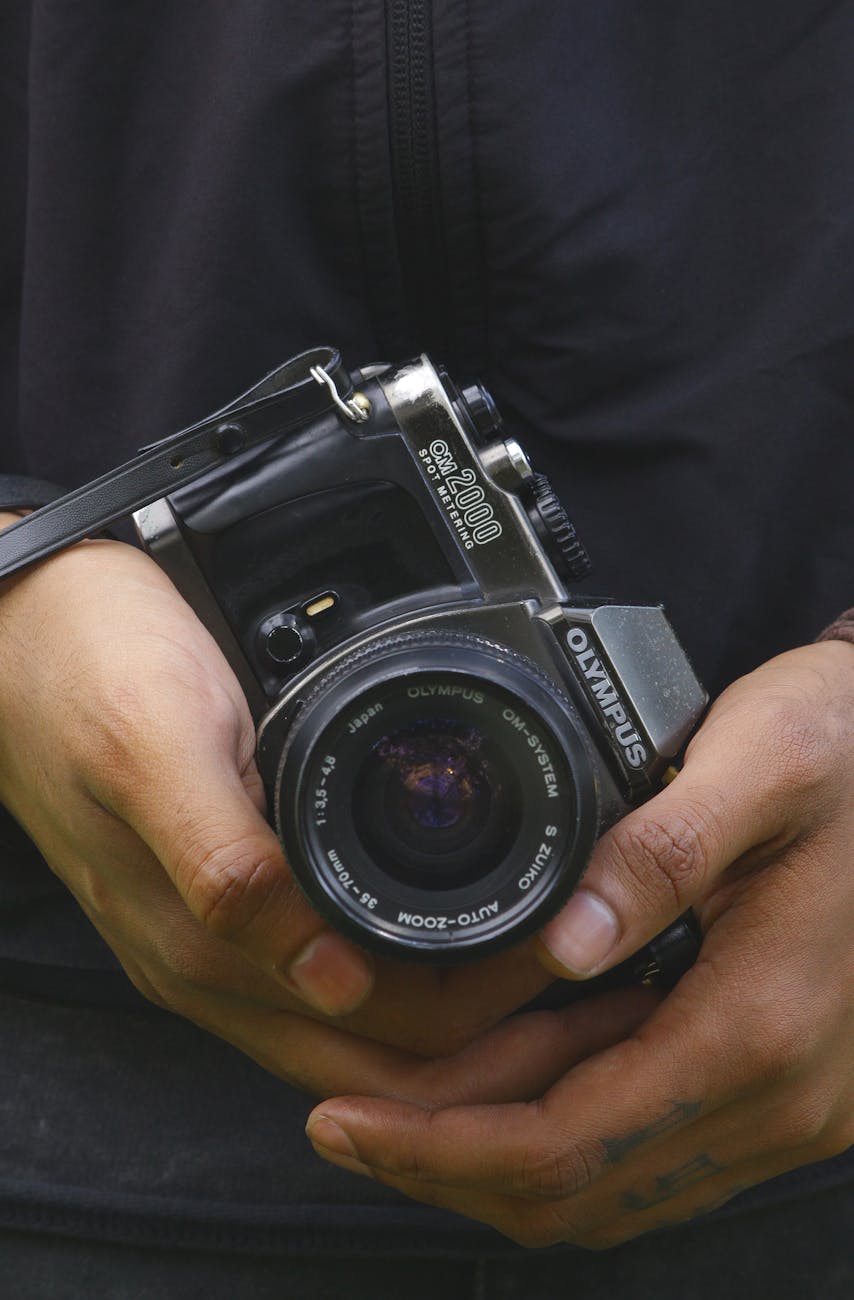Have you ever looked at a photograph and wondered, “How on earth did they capture that moment so perfectly?” It’s like magic, isn’t it? But, spoiler alert: it’s not just luck. There’s a whole world of technical know-how behind those stunning images, and at the heart of it all lies exposure. Let’s dive into the big three: aperture, shutter speed, and ISO. Think of them as the Holy Trinity of photography—each one playing a crucial role in determining how your shots turn out.
First up, let’s chat about aperture. Imagine you’re at a cozy café, and you notice the beautiful bokeh effect in the background of a friend’s portrait. That dreamy blur? Yep, that’s the magic of a wide aperture. It’s all about the size of the lens opening—measured in f-stops. A lower f-stop (like f/1.8) means more light hits the sensor, resulting in that lovely shallow depth of field. Want to focus on your subject and let everything else fade away? Go wide! However, be cautious—too wide can result in a blurry mess if you’re not careful.
Now, let’s switch gears and talk shutter speed. Picture this: you’re at a concert, and the band is rocking out. You whip out your camera and snap a shot. If your shutter speed is too slow, you might end up with a blurry image that captures the energy but misses the detail. On the flip side, a fast shutter speed (like 1/1000 of a second) can freeze that epic moment in time—hello, perfect air guitar solo! But, here’s a fun fact: if you’re shooting in low light, a slow shutter speed can also create some artistic effects, like light trails from moving cars. Just remember to brace yourself or use a tripod, or you’ll end up with a shaky picture!
And then, we have ISO. This is the sensitivity of your camera’s sensor to light. Think of it as the amplifier for your camera’s vision. Lower ISO settings (like 100 or 200) are great for sunny days, giving you crisp images with minimal noise. But bump that up to 1600 or beyond, and you can shoot in darker conditions. The catch? Higher ISO can introduce graininess—sometimes it can add character, but other times, it’s just not what you want. So, like a balancing act, you’ll want to find that sweet spot.
- Aperture: Controls light and depth of field.
- Shutter Speed: Determines how motion is captured.
- ISO: Affects sensitivity to light and image noise.
So, how do you juggle these three elements? It’s all about finding harmony. For example, if you’re shooting a portrait in dim light, you might choose a wide aperture and a higher ISO. If you’re photographing a waterfall, you might want a slow shutter speed to capture the silky flow of water, which means you’ll need to adjust your ISO accordingly to keep the exposure balanced. It’s like a dance—sometimes you lead, and sometimes you follow.
As you experiment with these settings, don’t forget to embrace the imperfections. The best part about photography is that it’s not just about the technical stuff; it’s about telling a story. Maybe that blurry shot of your friend laughing is more memorable than a perfectly crisp image. Each click of the shutter is a moment captured, a memory made. So, go out there, play with your settings, and let your creativity flow!

Leave a Reply